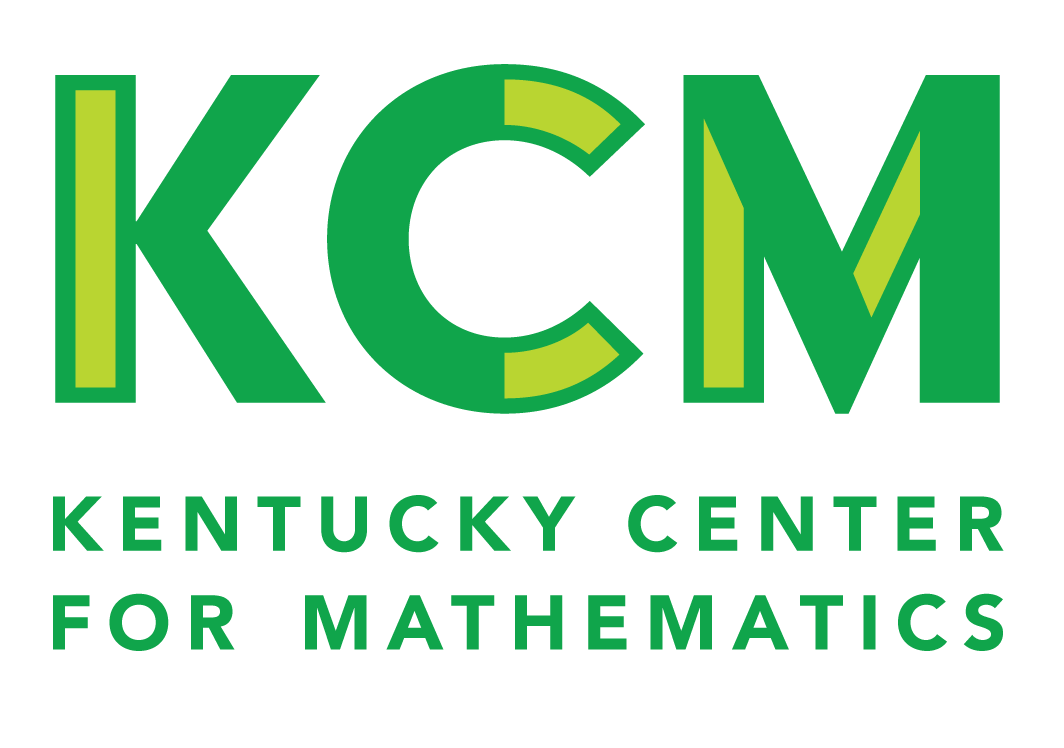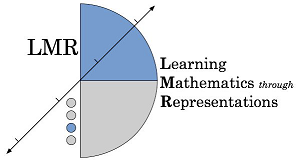Collett, J., Gearhart, M. & Leveille Buchanan, N. (2018, January/February). Supporting students’
contributions to classroom discussions. Teaching Children Mathematics, 24(4), 236-243
Saxe, G. B., de Kirby, K., Kang, B., Le, M., Schneider, A. (2015). Studying cognition through
time in a classroom community: The interplay between "everyday" and "scientific concepts." Human Development,
58, 5-44. DOI: 10.1159/000371560
Learning Mathematics through Representations. (2014, October). Alignment of the Learning Mathematics
through Representations curriculum with the Common Core State Standards. Unpublished manuscript, Graduate School of Education,
University of California, Berkeley.
Gearhart, M., Leveille Buchanan, N., Collett, J., Diakow, R., Kang, B., Saxe, G.B., McGee, A. (2014).
Identifying opportunities to learn in mathematics discussions in heterogeneous eementary classrooms. Unpublished manuscript,
University of California, Berkeley.
Leveille Buchanan, N., Collett, J., McGee, A., & Gearhart, M. (2014). Teachers’ orientations
to a curriculum-supported pedagogical practice in mathematics. Unpublished manuscript, University of California, Berkeley.
Gearhart, M., Saxe, G. B., Earnest, D., Haldar, L. C., McGee, A., & Sitabkhan, Y. (2015).
Embedding formative assessment in curriculum design: A research-based approach. Annual Perspectives in Mathematics Education
(APME) 2015: Assessment to Enhance Teaching and Learning (pp. 219-231). Reston, VA: National Council of Teachers of Mathematics.
Saxe, G. B., de Kirby, K. Le, M., Sitabkhan, Y., & Kang, B. (2015). Understanding
learning across lessons in classroom communities: A multi-leveled analytic approach. To appear in A. Bikner-Ahsbahs, G.
Kaiser, N. Presmeg (Eds.) Doing (qualitative) research: Methodology and methods in mathematics education. ZDM research
handbook series: Advances in Mathematics Education. pp. 253-318.New York, NY: Springer.
Gearhart, M., & Saxe, G. B. (2014, April). Differentiated instruction in shared mathematical
contexts. Teaching Children Mathematics, 20(7), 426-435.
Saxe, G. B., Diakow, R., & Gearhart, M. (2013). Towards curricular coherence in integers
and fractions: The efficacy of a lesson sequence that uses the number line as the principal representational context.
Special Issue (Classroom-based interventions in mathematics education). ZDM: International Journal of Mathematics Education,
(45)(3), 343-364. DOI 10.1007/s11858-012-0466-2.
Saxe, G. B., Shaughnessy, M., Gearhart, M., & Haldar, L. C. (2013). Coordinating numerical
and linear units: Elementary students' strategies for locating whole numbers on the number line. Mathematical Thinking
and Learning, 15, 235-258.
Pfotenhauer, J., Kleine, R., Sitabkhan, Y., & Earnest, D. (2013, May). Shifting understanding
of mixed numbers. Teaching Children Mathematics, 19(9), 592.
Saxe, G. B., Gearhart, M., Shaughnessy, M. M., Earnest, D., Cremer, S., Sitabkhan, Y.,
Platas, L. M. & Young, A. (2009). A methodological framework and empirical techniques for studying the travel of
ideas in classroom communities. In B. Schwartz, T. Dreyfus and R. Hershkowitz (Eds.), Transformation of knowledge
in classroom interaction (pp. 203-222). New York, NY: Routledge.
Saxe, G. B., Shaughnessy, M. M., Shannon, A., Garcia de Osuna, J., Chinn, R., & Gearhart,
M. (2007). Learning about fractions as points on a number line. In W. G. Martin, M. E. Strutchens, & P. C.
Elliott (Eds.), The learning of mathematics (pp. 221-238). Reston, VA: National Council of Teachers of Mathematics.

